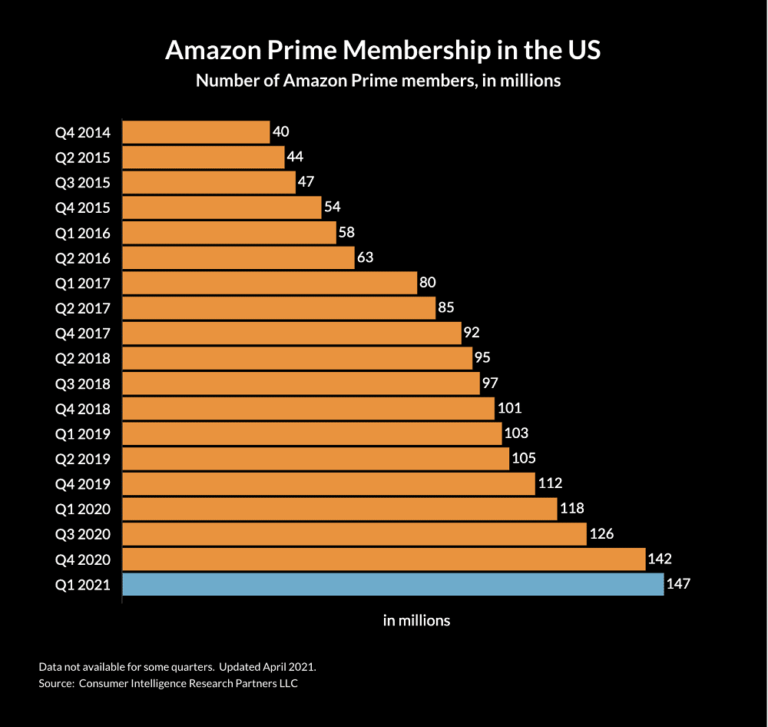The Benefits of Having Workplace Options for Your Team

With the workforce beginning to integrate back into office life, companies are beginning to create new rules and setting guidelines for remote and hybrid work. There are many uncertainties of what the future of work will look like, but one thing is clear: some workers will return to their desks, others will remain out of office permanently and some will use a combo of the two (hybrid).
How has remote work evolved from 2020 to 2021?
In 2020, most companies — even those that boasted having the best cultures and flexibilities — were not set up to accommodate the masses working remotely due to the COVID-19 pandemic. There was occasional work from home every other Friday, for example, but nothing prepared us for getting work done effectively and efficiently without the ability to go into the office.
Today, there are countless companies, including our own digital marketing agency, that have been able to adapt and thrive to accommodate remote workers. This, in turn, has created a happier and healthier environment with those that choose or those who feel more comfortable working remotely. Countless technologies have been improved upon to make this transition as seamless and as easy as possible, which has given employees more personal opportunities. These opportunities range from having more time with family to choosing to live further away from the physical office to those who have given up permanent residences in favor of a nomad lifestyle.
What are the benefits of giving employees workplace options?
In a fully remote office model, there is no central headquarters for the company and all employees work remotely from any location of their choosing. This is quite rare, as most businesses have a centralized location, even if their employees work remotely.
With a remote/office hybrid model, there is one (or possibly several) office locations that some employees commute to each day, with the rest of the workforce working remotely. This model is exceptionally common following the COVID-19 pandemic.
There are many benefits to these types of models, both for the company and it’s employees. The most obvious benefit is that it allows for greater flexibility for individuals, which can lead to increased productivity and increased employee satisfaction.
For companies, these types of models can lead to lower overhead costs and the ability to expand without the hurdles of acquiring more office space. Additionally, offering employees more flexibility can also save money in the long run by creating less turnover.
Why Power Digital is a leading example of giving their employees options
Whether you’re fully in the office, fully remote or some sort of hybrid, one thing remains constant —happy employees do their best work for companies. So why would you risk forcing someone to fit the mold of being fully in the office if they weren’t 100% onboard with it? Why would you prevent people from working from where they’re most productive and happy, regardless of where that is? The answer is: you shouldn’t.
There have been a lot of articles recently about companies that are making employees come back to the office, and it’s created an incredible amount of pressure and negative sentiment unnecessarily. To sacrifice morale and performance and instill a one-size-fits-all mentality just doesn’t make sense,and that’s why we as an agency have made the decision to let people do whatever makes them happiest.
Thrive on being around people on the daily? Great, come into the office full time. Enjoy the flexibility of working from home? Perfect, stay fully remote. Only want to come into the office for special occasions or meetings? Okay, fine, that works, too. If you’re happy, your productivity will be at its highest, so we as an agency will always continue to grow and adapt to enable people to work the way they want to, whatever that may be. Our perspective is that companies need to trust their people and let them do their best work —and they will.
What types of digital roles can thrive in a remote working world?
The great part about a remote working world is that so many jobs fall into this category. Whether you’re in the marketing, ecommerce, finance, sales, lega, or administrative fields, you’re most likely spending 8-10 hours per day on your computer, which means you can pretty much work from anywhere!
As long as you have reliable Wi-Fi and cell phone service, that’s really all you need. At Power Digital, every single role gives people the opportunity to work in the office or remote. After all, remote working is here to stay, so it’s important to really figure out what works best for you and your employer.
Thriving in a remote working world also depends on your own personal time management, organizational skills and understanding who to tap for support when you get stuck. Think about working at an agency like Power Digital. You’re juggling high velocity meetings, client communication, directing a team and helping build the business. No days are the same, which means you have to be flexible, organized and on top of your workflow.
So how do you set yourself up for success? It starts with you! Start every day organizing your task list by priority. Understand the hierarchy of what you need to complete today, tomorrow and by the end of the week. This will help you prioritize your tasks outside the meetings you have to attend. If you can skip a meeting, ask for a recap via Slack or email. This is a huge timesaver, and opens up your day further. Another great tactic is to protect your time by creating calendar workblocks. What’s been a huge game-changer is to actually line up all the tasks you want to complete during that workblock so that you batch your time efficiently.
The bottom line
Ultimately, empowering your employees to choose is going to be the biggest evolution in the future. There is no one-size-fits-all situation for each company and individual,so it’s crucial to give your team options. Not only will it help them thrive, but will also help companies get a better output from their strongest team members. That means both employees and employers have the ability to thrive. What could be better than that?
Sources:
Our Editorial Standards
Reviewed for Accuracy
Every piece is fact-checked for precision.
Up-to-Date Research
We reflect the latest trends and insights.
Credible References
Backed by trusted industry sources.
Actionable & Insight-Driven
Strategic takeaways for real results.





